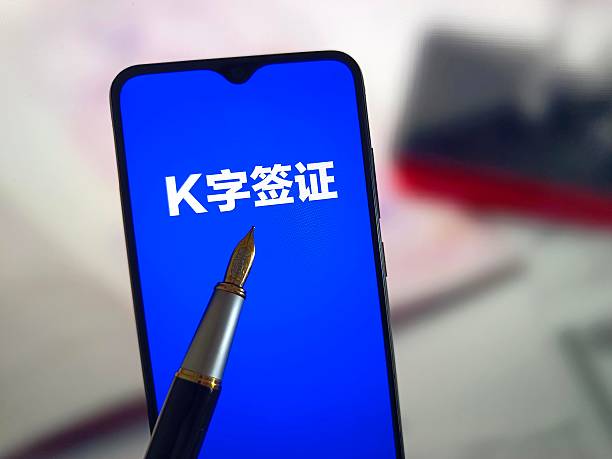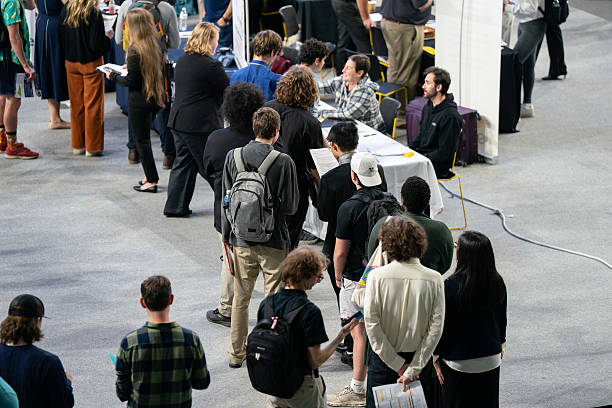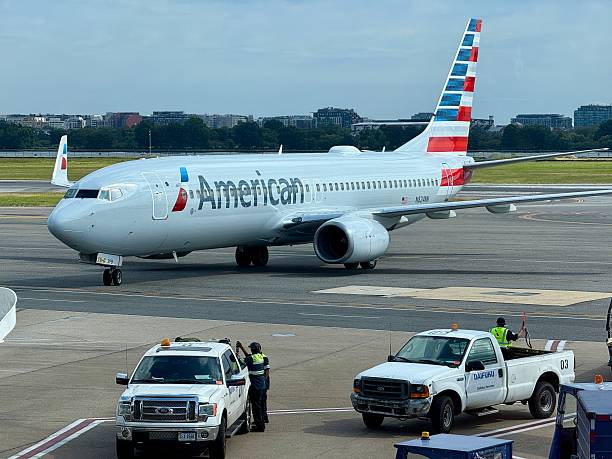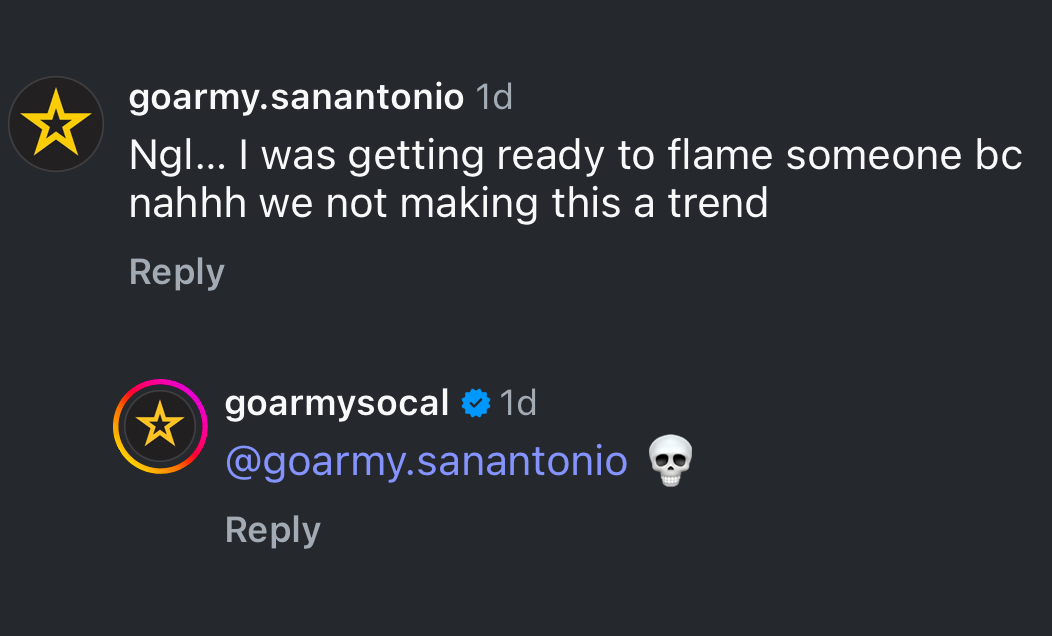China Launches K Visa to Lure Global Tech Talent as U.S. Tightens H-1B Rules
China has introduced a new K visa to attract foreign STEM talent, offering entry and employment without sponsorship, as the U.S. raises costs and barriers for H-1B applicants.
 Illustration K-visa
Illustration K-visaChina’s new visa programme aimed at attracting foreign technology talent kicked off this week, a move seen as bolstering Beijing’s position in its geopolitical rivalry with Washington as a new U.S. visa policy pushes would-be applicants to search for alternatives.
The K visa, announced in August and launched Wednesday, targets young foreign graduates in science, technology, engineering and mathematics (STEM). It promises entry, residence and employment without a job offer — a key draw for workers who have long faced hurdles with U.S. H-1B visas.

While China already produces a vast supply of domestic engineers, the programme is part of Beijing’s strategy to present itself as welcoming to foreign investment and skilled talent. The effort comes as rising trade tensions with the United States, including new tariffs, cast a shadow over China’s economic outlook.
“The symbolism is powerful: while the U.S. raises barriers, China is lowering them,” said Matt Mauntel-Medici, an Iowa-based immigration attorney.
Earlier this month, the Trump administration announced companies would need to pay $100,000 annually for each H-1B visa, which is widely used by American technology firms to recruit foreign talent. The visas already require employer sponsorship and are limited to 85,000 slots each year through a lottery system. Analysts said the added cost could deter new applicants, particularly from India, which accounted for 71% of H-1B approvals last year.
“The U.S. has definitely shot itself in the foot on H-1Bs, and the timing is exquisite for China’s K visa,” said Michael Feller, chief strategist at Geopolitical Strategy.
Other nations, including South Korea, Germany and New Zealand, are also easing visa rules to attract skilled migrants. Immigration experts highlight that the lack of a sponsorship requirement makes China’s K visa especially attractive.
“It’s an appealing alternative for Indian STEM professionals seeking flexible, streamlined visa options,” said Bikash Kali Das, an Indian student at Sichuan University.
Still, the K visa faces challenges. Official guidelines remain vague, referring only to unspecified “age, educational background and work experience” requirements. Details on permanent residency, family sponsorship, or financial incentives are absent, and China rarely grants citizenship to foreigners.
Language remains a significant hurdle, with most Chinese technology firms operating in Mandarin. Political tensions between India and China could also limit the number of Indian applicants accepted under the programme. “China will need to ensure Indian citizens feel welcome and can do meaningful work without Mandarin,” Feller added.
China’s broader recruitment drive has traditionally focused on overseas Chinese scientists and those with ties abroad. Recent incentives — such as home-purchase subsidies and signing bonuses of up to 5 million yuan ($702,200) — have lured U.S.-based Chinese STEM talent back home amid Washington’s scrutiny of links to Beijing.
By contrast, recruitment of foreign talent, particularly from India, remains limited. “The recruitment effort targeting Indian tech talent in China is growing but remains moderate compared to the well-established, well-funded initiatives aimed at repatriating Chinese STEM talent,” said Das.
A Chinese STEM graduate who received a U.S. job offer voiced skepticism about the K visa. “Asian countries like China don’t rely on immigration, and local governments already have many ways to attract domestic talent,” he said, requesting anonymity.
The gap in immigration scale is stark: the United States hosts over 51 million immigrants, or 15% of its population, while China has just 1 million foreigners, less than 1%. Analysts say while Beijing is unlikely to embrace mass immigration, even modest success in attracting top international talent could aid its technological competitiveness.
“If China can attract even a sliver of global tech talent, it will be more competitive in cutting-edge technology,” said Feller.
In a way, applicants weighing options face a similar cost-versus-benefit calculation as consumers: while U.S. policies add heavy price tags, China’s streamlined approach could seem like a practical investment — akin to choosing a reliable utility item such as the 5.11 Tactical Backpack, RUSH 24 2.0 Military Survival Molle Back Pack with Laptop Compartment, 37L, Style 56563ABR/56564ABR, built for functionality and long-term use.
China’s State Council has not provided additional details on the K visa’s long-term strategy, and questions remain over how effectively it can lure and retain global talent.
















Conversation